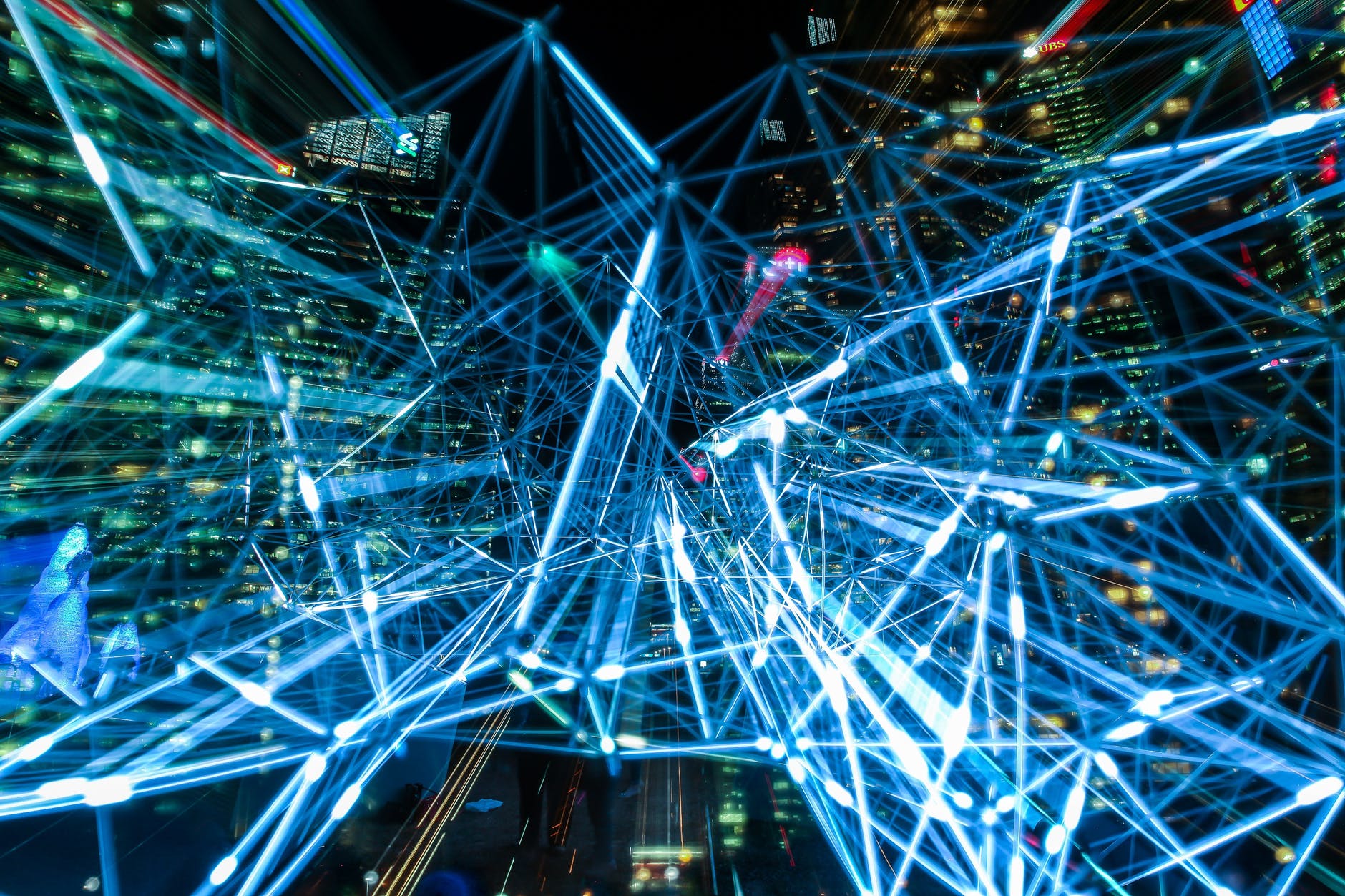Empowering and allowing people to pursue their own ideas is something that very few companies do. And creating a space for any individual to freely showcase their imagination and talent is extremely rare.
But Google is an exception.
Initially named “Google Chrome Experiments” (www
Soon after the website grew to much more than simply JavaScript ideas. Currently, “Experiments with Google” became an exciting and inspiring space for anyone with a creative mind to share interactive projects related artificial intelligence, web-virtual reality, augmented reality and much more.
All projects are open-source and mostly interactive. This allows visitors to quickly have fun and learn a bit more the the possibilities that each innovation allows.
Let me show you a few exciting examples with augmented Reality.
Google AR Experiments
As the description on the Google AR experiment site describes: “AR Experiments is a site that features work by coders who are experimenting with augmented reality in exciting ways. These experiments use various tools like ARCore, an SDK that lets Android developers create awesome AR experiences. We’re featuring some of our favorite projects here to help inspire more coders to imagine what could be made with AR”.
Here is the promotional video for AR experiments:
The majority of projects involve the interaction between virtual and real world through smartphone devices, which allows immediate acceptance.
Here a 9 of examples:
1. NormanAR

Official description: “NormanAR is an open-source mobile app that displays animations in augmented reality. Created as a complement to NormanVR, a tool that allows artists to animate frame-by-frame in 3D space, normanAR takes these animations and adds them to the real world. Just cycle through a variety of animations and tap a spot in the world to anchor that animation in space. Walk around to see it from different angles. Built by Jonas Jongejan and Irene Alvarado as part of a larger collaborative experiment between James Paterson and Google Creative Lab. NormanAR uses ARCore and openFrameworks. “
2. Just a Line

Official description: “Based on our previous open-source experiments with ARCore, Just a Line is an app for iOS and Android that lets you make simple drawings in augmented reality, then share your creation with a short video. Touch the screen to draw, then hit record and share what you make. If you’re a developer, you can use the open-sourced code as a starter project for ARCore. Built by Google Creative Lab and Uncorked Studios with ARCore“.
- TO LAUNCH THE “Just a Line” EXPERIMENT: CLICK HERE.
3. Musical Fireworks
4. Draw and Dance
Official description: “Draw and Dance lets you create your very own dancing AR stick figure that reacts to the music and sound around it – your voice, your dog’s bark, and best of all, your playlist. This character can also augment your Google Home by taking its place on top of the speaker and moving in response to whatever sound comes out. Built by Judith Amores Fernandez and Anna Fusté Lleixà with friends at the Google Creative Lab using Unity, ARCore, Vuforia and API.AI”.
5. Flight Paths
Official description: “Flight Paths is an experiment that transforms your room into a flight path visualization. Touch any horizontal surface and explore as flights take off from JFK or SFO and fly around your space. Built by William Lindmeier using Unity and ARCore“.
6. Morph Face
Official description: “Morph Face is an experiment that lets you morph any surface around you into a new shape. It uses shaders to achieve the morphing effect. Built by George Michael Brower with friends at Google Creative Lab. Built with Unity and ARCore“.
7. Blocks Thrower
Official description: “Blocks Thrower is an experiment using 3D models created with Google Blocks. It turns your device into a digital slingshot, letting you fling models – pianos, crabs, hamburgers, whatever – at anything in the world around you. Built by Jane Friedhoff with friends at Google Creative Lab using Unity and Tango“.
8. Glass Sculpter
Official description: “Glass Sculptor is an experiment that lets you fill your world with floating glass sculptures by touching your screen as you look around. The sculptures refract the real world behind them in beautiful and impossible ways. Built by Active Theory using three.js in a native Android app using V8 and OpenGL”.
9. Lantern
Official description: “Lantern explores the possibilities of real-world projections and their application to IoT. Rather than insisting that every object in our home and office be ‘smart’, Lantern imagines a future where projections are used to present ambient information, and relevant UI within everyday objects. Point it at a clock to show your appointments, or point to speaker to display the currently playing song. Unlike a screen, when Lantern’s projections are no longer needed, they simply fade away. Lantern is built using an off-the-shelf lamp, Raspberry Pi 3, a laser projector and Android Things. By building on Android Things, the project benefits from a modern, familiar technology stack, which makes connectivity and graphics a breeze to implement and iterate. Lantern is open and extensible. Build your own using our kit-list and detailed instructions. Have an idea for a UI that suits real-world projection? Fork our project on GitHub and add your own channel”.
- TO LAUNCH THE “Lantern” EXPERIMENT: CLICK HERE
Submit Your Experiment
In case you are a web-developer or simply a curious mind that has developed an AR product, consider submitting it to Google. Not only it will be showcased on an extraordinary platform, but you will possibly also inspire many others.
Do submit your experiment to Google, simply click on the image below.
Final Thoughts
Certainly one of the wonders of the internet is the global possibility of immediate knowledge transfer. It is very enriching to see the solutions that independent developers are coming up with and sharing with the world.
For some, perhaps a few of the ideas shared here might seem “silly” or “useless” at first glance. But the applications can most certainly be applied across different industries to support a wide range of scenarios.
For example, education.
Augmented visualization of data can have an incredible impact in educational environment. One great case is Hans Rosling’s exceptional documentary “Don’t Panic- The Truth About Population”. Augmented data can enhance anyone’s interest in statistics or every other educational context where data interpretation is relevant.
And to be honest, I struggle to think of any educational context where data is not relevant.
So I truly look forward to an even greater number of open-source platforms, where developers freely share their ideas and solutions and, perhaps even without knowing, are making an incredible contribution to the development of science and society.
Turn it up!






